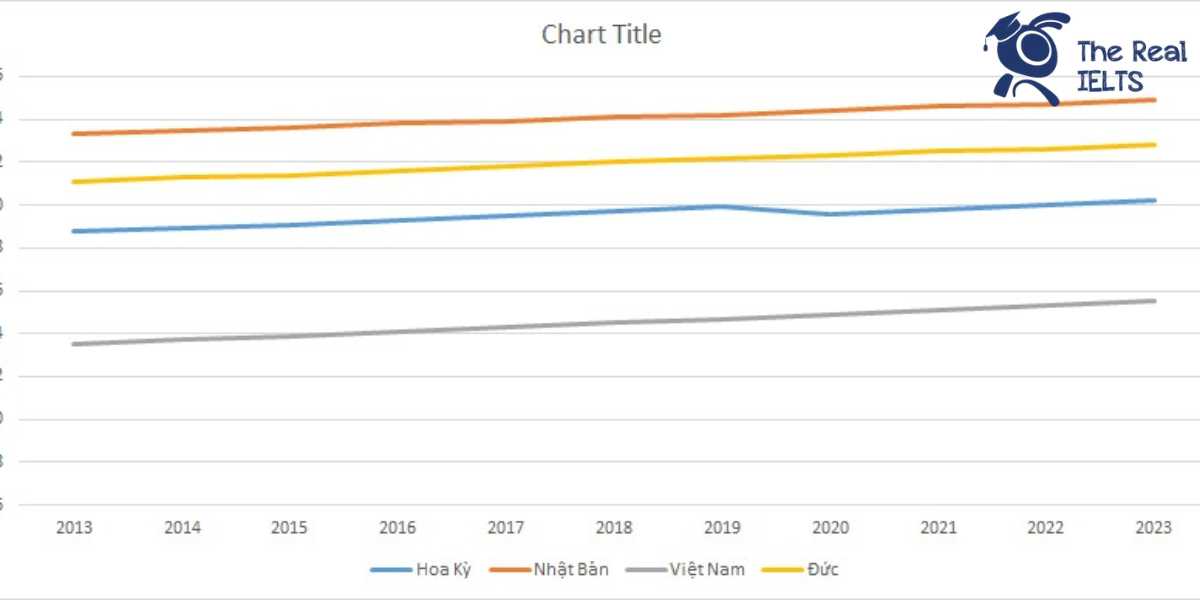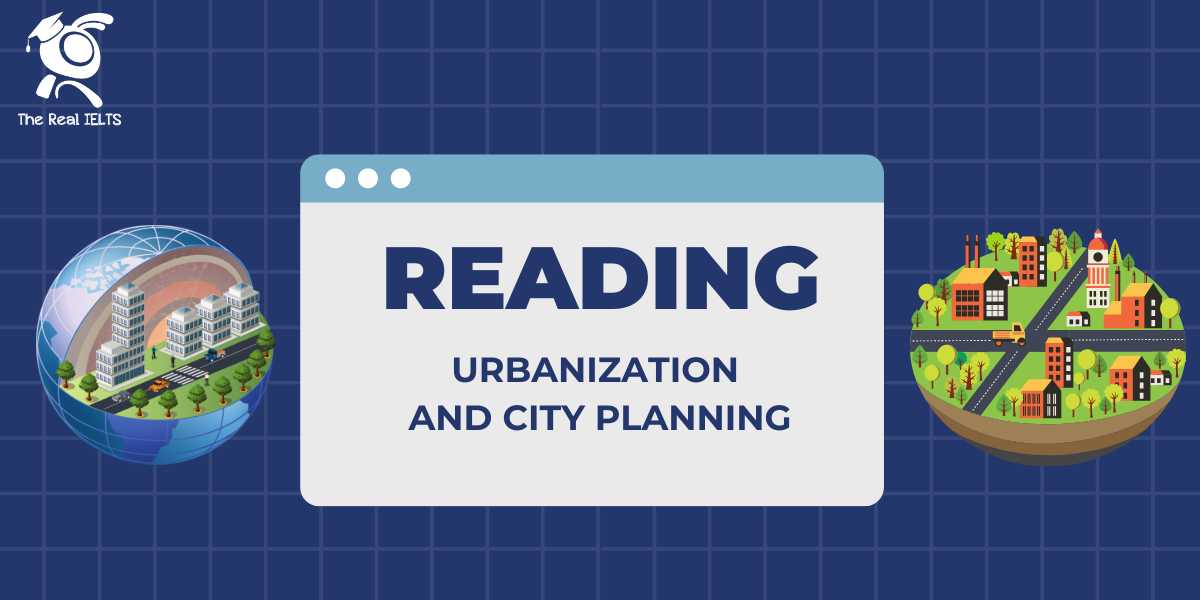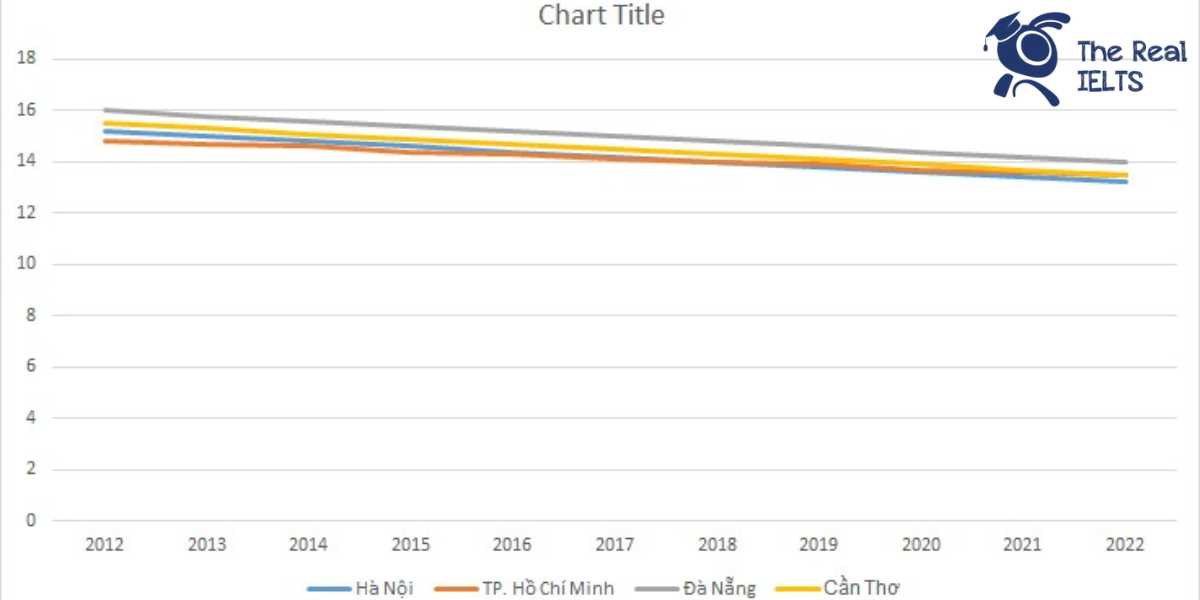IELTS Reading 98: Artificial Intelligence and the labor market là chủ đề thuộc chuỗi bài luyện tập 11 dạng bài IELTS Reading và các bài tập luyện tập.
Học lại bài cũ: IELTS Reading 97: The importance of innovation in healthcare.
IELTS Reading: The future of blockchain technology
In recent years, the rise of Artificial Intelligence (AI) has prompted significant debate regarding its impact on the labor market. AI technologies, including machine learning and automation, are transforming various industries by enhancing efficiency and productivity. As organizations increasingly adopt AI, the landscape of employment is evolving, raising both opportunities and challenges for workers.
One of the most significant advantages of AI in the labor market is its potential to improve productivity. By automating repetitive and mundane tasks, AI allows employees to focus on more complex and creative aspects of their jobs. For instance, in sectors such as manufacturing, AI-driven robots can perform tasks such as assembly and quality control with precision and speed, leading to increased output. This shift not only boosts productivity but can also enhance job satisfaction as workers engage in more meaningful work.
However, the integration of AI into the workplace raises concerns about job displacement. Many low-skilled jobs are at risk of being replaced by automated systems. For example, roles in data entry, customer service, and even some aspects of healthcare are increasingly being taken over by AI technologies. This transition has sparked fears of widespread unemployment, particularly for workers who may lack the skills needed to adapt to a changing job market.
To mitigate the potential negative effects of AI on employment, reskilling and upskilling initiatives are essential. Governments, educational institutions, and employers must collaborate to provide training programs that equip workers with the skills needed in an AI-driven economy. These initiatives can focus on developing digital literacy, critical thinking, and advanced technical skills, enabling individuals to thrive in an evolving labor market.
Moreover, while AI poses challenges, it also creates new job opportunities. As businesses expand their use of AI, there will be a growing demand for professionals skilled in AI development, maintenance, and ethical considerations. Fields such as data science, machine learning engineering, and AI ethics are becoming increasingly important, offering promising career paths for individuals willing to adapt.
In conclusion, the impact of Artificial Intelligence on the labor market is complex and multifaceted. While AI presents opportunities for enhanced productivity and new job creation, it also poses significant challenges related to job displacement. To navigate this transition successfully, it is crucial to invest in education and training, ensuring that the workforce is prepared to meet the demands of an AI-enhanced future. Through collaboration and proactive measures, society can harness the potential of AI while safeguarding employment opportunities for all.
Questions
1. Multiple Choice
What is one of the main benefits of AI in the labor market?
A) Increased unemployment
B) Improved productivity
C) Higher costs for businesses
D) Reduced job satisfaction
2. True/False/Not Given
AI technologies have completely replaced all low-skilled jobs.
3. Yes/No/Not Given
The author believes that AI will create more jobs than it will eliminate.
4. Matching Information
Match the following statements with the corresponding paragraphs in the passage.
a) The need for reskilling in the workforce
b) The role of AI in enhancing job satisfaction
c) The creation of new job opportunities in AI fields
5. Matching Headings
Choose the appropriate heading for each paragraph.
- Paragraph 1:
- Paragraph 2:
- Paragraph 3:
- Paragraph 4:
- Paragraph 5:
6. Matching Sentence Endings
Complete the following sentences with the correct ending.
a) AI allows employees to focus on…
b) Reskilling initiatives are essential to…
c) New job opportunities are emerging in…
7. Sentence Completion
Fill in the blanks with suitable words or phrases from the passage.
AI can improve productivity by automating __________ and allowing workers to engage in __________.
8. Summary Completion
Complete the summary below with words or phrases from the passage.
The integration of AI into the workplace presents both challenges and opportunities. While there are concerns about __________, there is also potential for __________ in AI-related fields.
9. Diagram Label Completion
Label the diagram below that illustrates the impact of AI on the labor market with information from the passage.
10. Short Answer Questions
What are two essential skills workers need to develop in an AI-driven economy?
11. Table/Flowchart/Note Completion
Complete the table below summarizing the impact of Artificial Intelligence on the labor market, including advantages, challenges, and necessary actions.
| Aspect | Details |
|---|---|
| Advantages | 1. Improved productivity through automation |
| Challenges | 1. Risk of job displacement for low-skilled jobs |
| Necessary Actions | 1. Implement reskilling and upskilling initiatives |
Đáp án
1. Multiple Choice
Answer: B) Improved productivity
2. True/False/Not Given
Answer: False
3. Yes/No/Not Given
Answer: Yes
4. Matching Information
a) The need for reskilling in the workforce – Paragraph 3
b) The role of AI in enhancing job satisfaction – Paragraph 2
c) The creation of new job opportunities in AI fields – Paragraph 4
5. Matching Headings
- Paragraph 1: Introduction to AI’s impact on labor
- Paragraph 2: Benefits of AI in productivity and job satisfaction
- Paragraph 3: Concerns about job displacement
- Paragraph 4: The importance of reskilling and upskilling
- Paragraph 5: Conclusion on AI’s complex impact
6. Matching Sentence Endings
a) AI allows employees to focus on more complex and creative aspects of their jobs.
b) Reskilling initiatives are essential to mitigate the negative effects of AI on employment.
c) New job opportunities are emerging in fields such as data science and machine learning engineering.
7. Sentence Completion
AI can improve productivity by automating repetitive tasks and allowing workers to engage in more meaningful work.
8. Summary Completion
The integration of AI into the workplace presents both challenges and opportunities. While there are concerns about job displacement, there is also potential for new job creation in AI-related fields.
9. Diagram Label Completion
Diagram labels will vary based on the specifics of the diagram but should include points such as:
- Increased Productivity
- Job Displacement Risk
- Reskilling Opportunities
10. Short Answer Questions
Answer: 1. Digital literacy
2. Advanced technical skills
11. Table/Flowchart/Note Completion
| Aspect | Details |
|---|---|
| Advantages | 1. Improved productivity through automation |
| 2. Enhanced job satisfaction by allowing focus on complex tasks | |
| Challenges | 1. Risk of job displacement for low-skilled jobs |
| 2. Need for workers to adapt to new technologies | |
| Necessary Actions | 1. Implement reskilling and upskilling initiatives |
| 2. Collaboration between governments, educational institutions, and employers |















